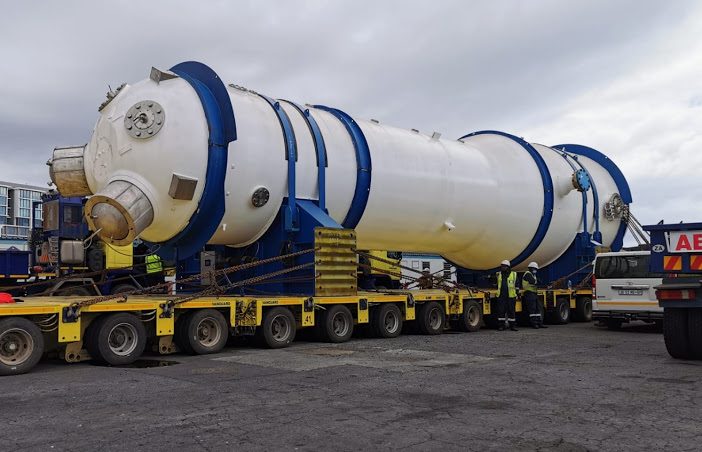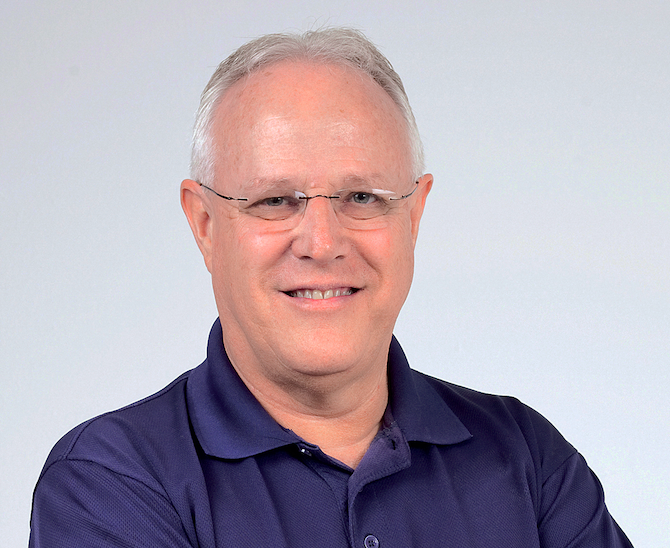Opinion
- Koeberg power station, situated on the west coast of South Africa some 35 km north of Cape Town, is approaching the end of its 40-year design life and operating licence.
- However, in 2022 and early 2023, the nuclear power plant is scheduled for a number of upgrades to extend its operational life for a further 20 years.
This includes the replacement of three steam generators on each of the two 920 MW nuclear reactors at Koeberg, as well as the replacement of the reactor head, control rod drive mechanism and reactor in-core instrumentation cables on one of the nuclear reactors.
Other work for the life-extension involves:
- Replacement and enlargement of the PTR storage tanks used to store borated water for the reactor cavity and spent fuel cooling system.
- Repairs, modifications and monitoring of the reactor containment building to include cathodic protection to prevent corrosion of steel reinforcing (rebar) in the concrete.
- Replacement of the heater elements on the pressurisers.
Other plant modifications and upgrades for reliability and sustainability, such as transformer replacements, digital system upgrades, security system upgrades, cooling water systems, piping and heat exchangers.
The planning for replacing the six steam generators has been in progress for several years. However, Eskom’s chief nuclear officer, Riedewaan Bakardien, says that the Omicron variant and the impact of the coronavirus pandemic, which led to travel restrictions and the implementation of additional protocols, “has proven a challenge in getting some of the required international resources on site in time”.
In the meantime, Eskom says it is busy finalising the facilities to support the project team during the life-extension work. This includes installing and load-testing the large cranes which are critical to the lifting operations of the project.
A further stumbling block is that Eskom’s installation safety case has not yet been approved by the National Nuclear Regulator (NNR), and the “green light” from the NNR to start work has still not been received.
The NNR normally provides its final approval once it has completed detailed reviews of all the major work that would be executed during an outage to ensure that they have not missed anything in terms of cross-functional impacts.
“This final approval for plant changes is usually issued a month before the start of an outage”, says Eskom.
The reactor shut-downs at Koeberg for the life-extension come at a time of significant electricity supply constraints in South Africa. In 2021, these constraints resulted in a record number of 1136 hours of load shedding, with the associated a loss of some 1773 gigawatt-hours (GWh) of electricity to the productive economy.
The life-extension of the Koeberg nuclear power station will reduce the generation capacity available for duty in South Africa by some 900 MW, as the two nuclear reactors are shut down sequentially, each for periods of about five months.
The life-extension therefor increases the probability and risk of loadshedding during 2022 and the first quarter of 2023, and any time overruns in the planned shutdown periods of either reactor will extend the risk and the consequences of loadshedding.
In the unlikely case of extended time-overruns resulting from serious unforeseen circumstances, the worst-case scenario would be that the life-extension project may not be completed by the time the current operating licence expires in 2024.
In this situation, the NNR may require the whole power station (1840 MW) to be shut down until the reactors are safe to restart, after all work is completed and a new operating licence is granted.
Eskom is at pains to point out that while the “green light” has not yet been received from the NNR to proceed, this is not cause for concern. Eskom says that it is committed to ensure that all NNR requirements are complied with, even if more work is needed in the last days of preparation.
Eskom’s safety case for the life-extension and steam generator replacement project is currently being reviewed by the NNR, and according to Riedewaan Lakardien, there have been no new developments arising from the NNR formal review.
“The NNR has provided Eskom with a positive view of the safety case as the review has progressed, but the final approval is not granted until the NNR is 100% satisfied and all of the issues raised have been resolved”, he adds.
The utility says it is hoping that the final approvals from the NNR will be received within the next two weeks, and that the actual steam generator replacement work will commence in early February 2022
Author: Chris Yelland, managing director, EE Business Intelligence.
Chris is an internationally respected energy analyst, consultant and electrical engineer. He is considered an expert on the South African energy market.
Disclaimer: The articles expressed in this publication are those of the authors. They do not purport to reflect the opinions or views of Green Building Africa, our staff or our advertisers. The designations employed in this publication and the presentation of material therein do not imply the expression of any opinion whatsoever on the part Green Building Africa concerning the legal status of any country, area or territory or of its authorities.
















